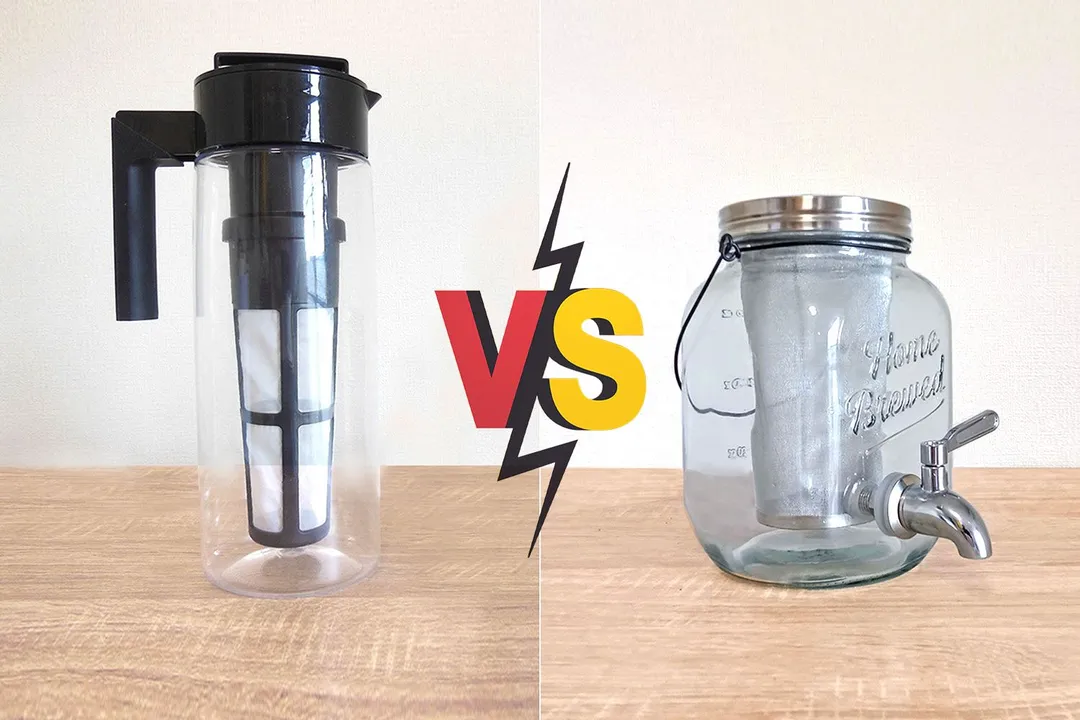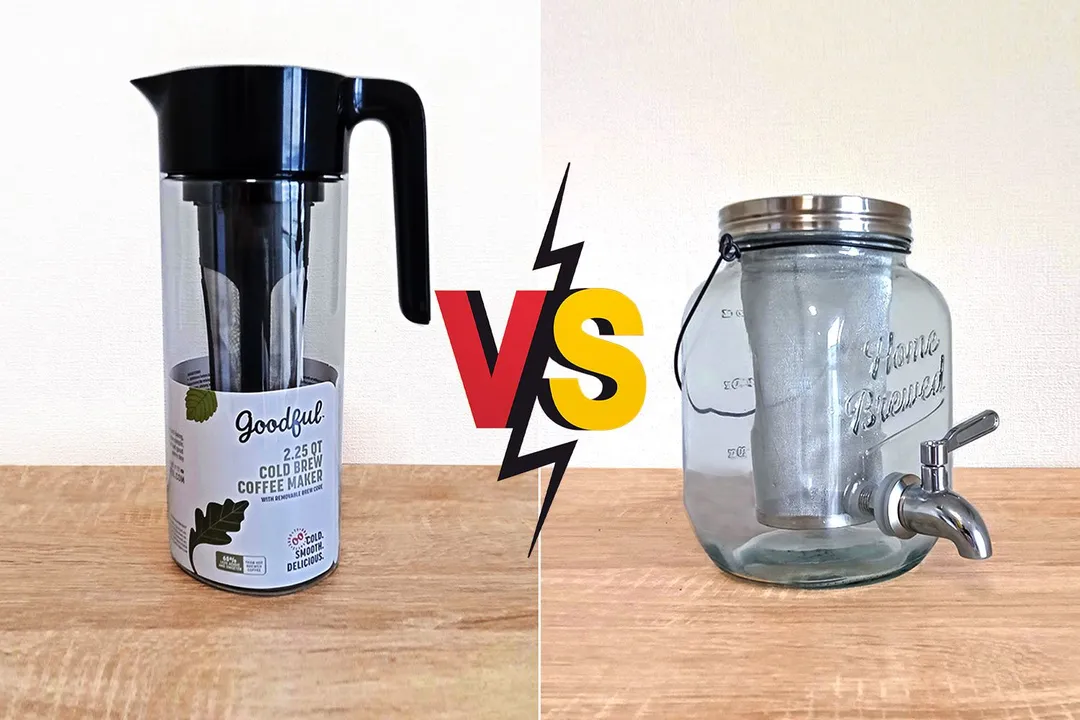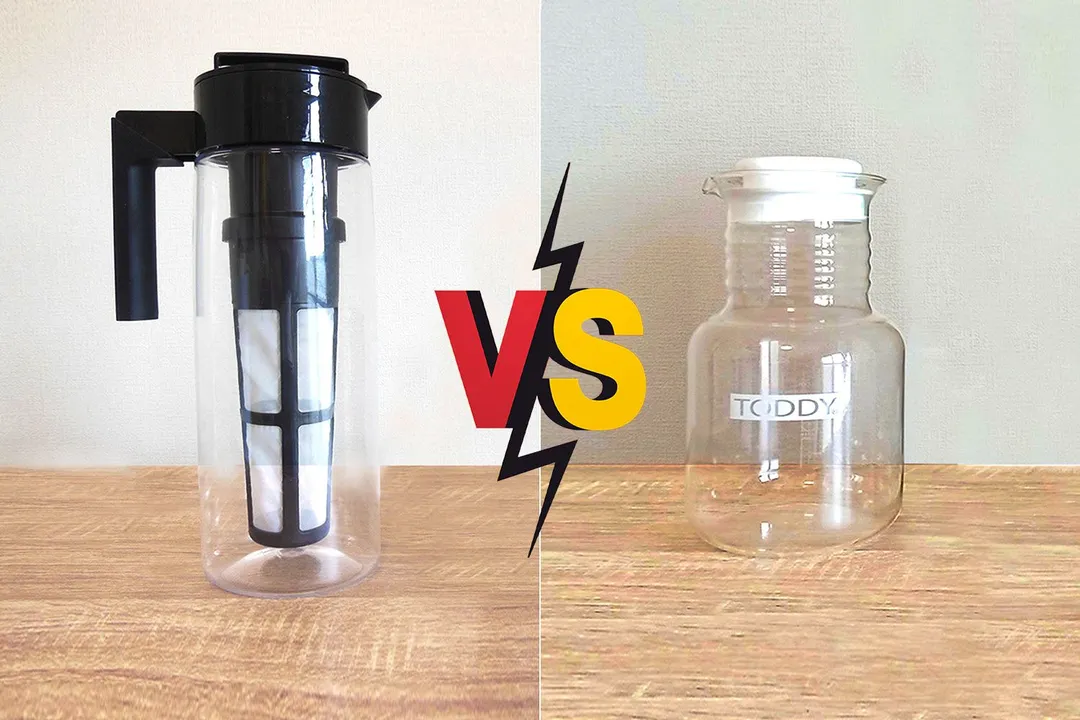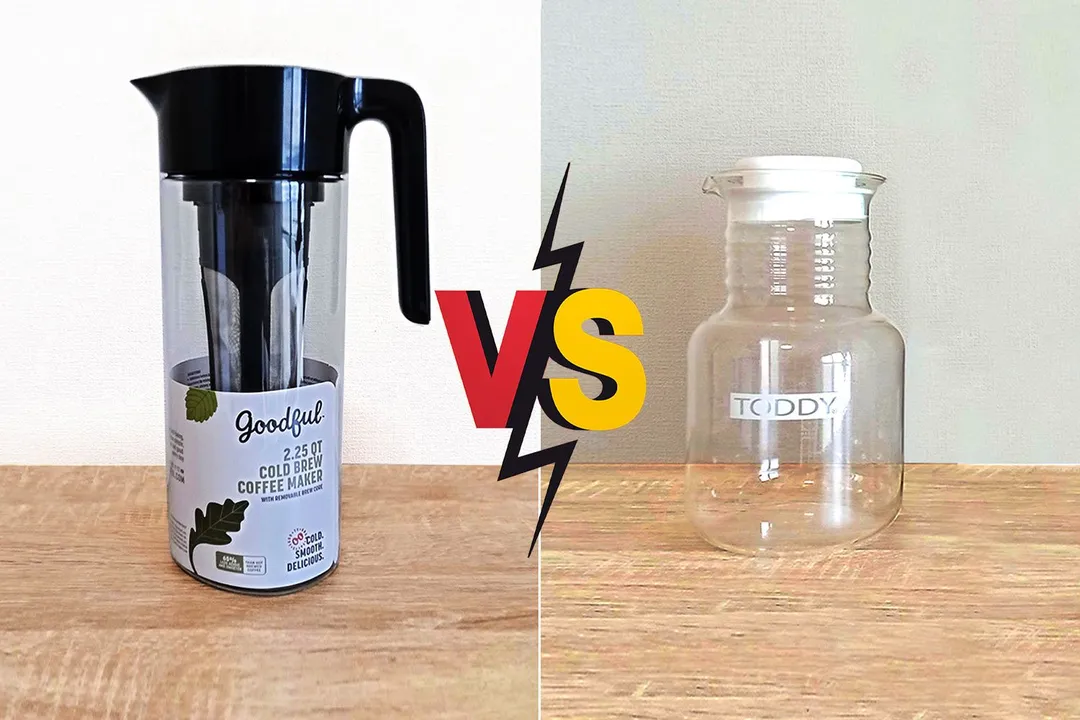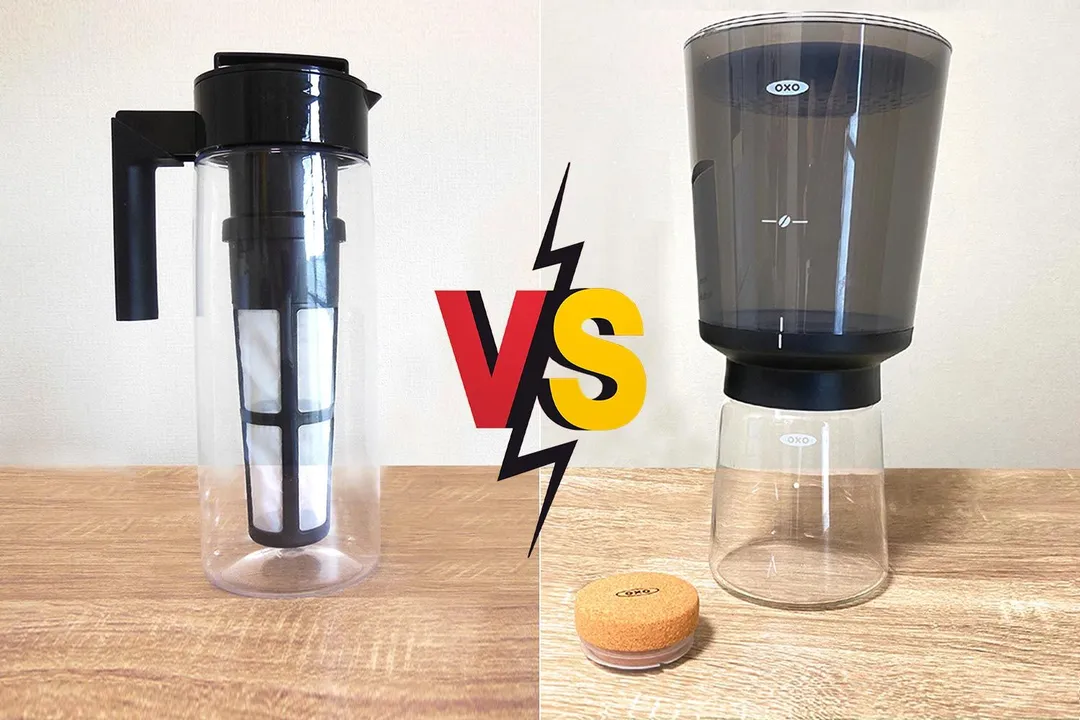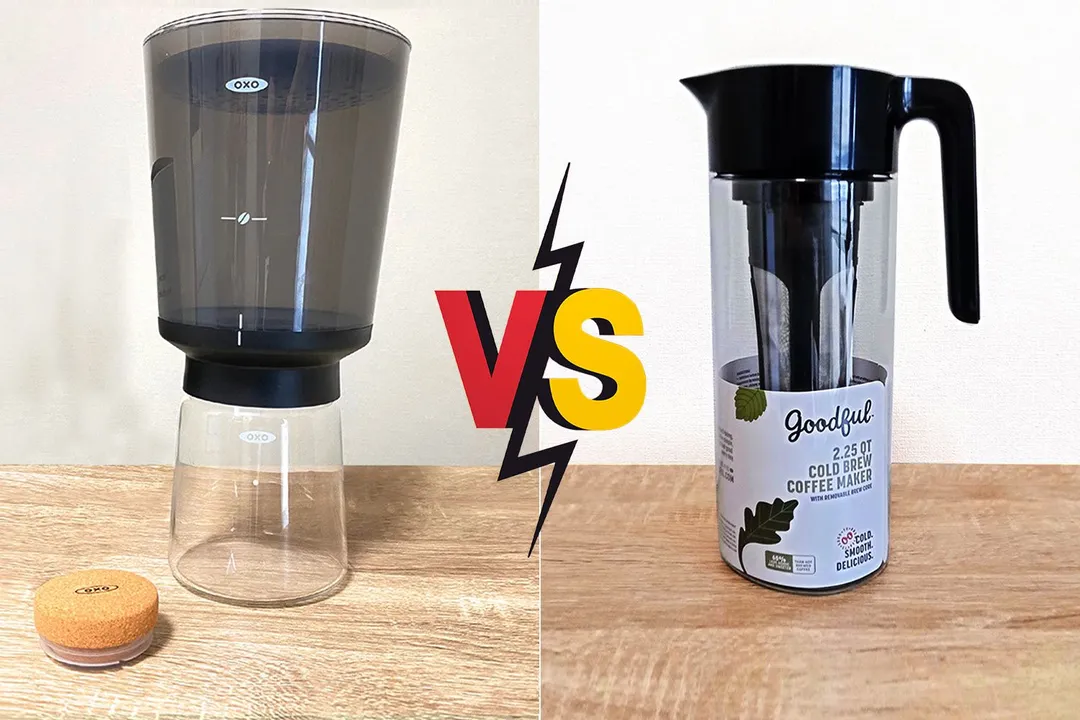Our recommendations are made independently through Research & Testing. We may receive commissions from purchases made via our links.
Takeya vs Goodful Side-by-Side Comparison
Takeya cold brew coffee maker vs Goodful. Two very similar brewers. The Takeya produces a better quality brew and is made in the USA.
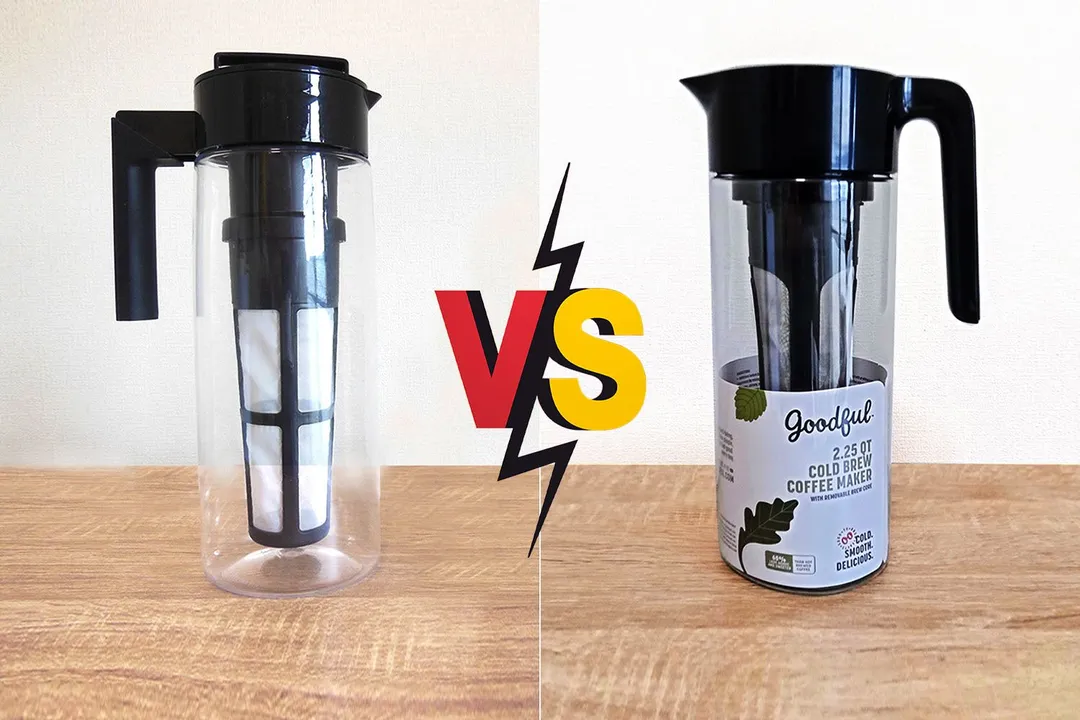
Overall Verdict
The Takeya cold brew coffee maker and the Goodful are pretty similar. Both are tall plastic jugs for brewing in a refrigerator door. When compared for size, the Takeya is slightly taller with a more slender build. Therefore, it’s more likely to be a better fit for more types of refrigerators.
While the Takeya is made of high-grade Tritan plastic manufactured in the USA, there is little information included about the material quality of the Goodful. Apart from better build quality, the Takeya has a much more favorable brew ratio (1:9) compared to the Goodful (1:18) because it has a much longer brew core or filter.
Furthermore, even with the grounds and filter inserted, you can lie the Takeya on its side and it’s even recommended to shake the vessel a few times during brewing. The Goodful is completely spill-proof except it can only brew standing up. The two lid designs are similar except the Goodful has a somewhat clunky feel to it.
Pros & Cons
- Air tight brew decanter
- Cold or hot (tea) brewing
- BPA-free
- Dishwasher safe
- Durable & light weight
- 1 and 2 quart sizes
- Color choice
- Durable
- Removable filter base
- Turn-to-pour lid
- Inadequate packaging
- Included instructions inadequate
- Filter cleaning
- Not a good fit for small refrigerators
- Clunky lid
Key Specs
Where to Buy
*You help support HealthyKitchen101's product testing and reviews by purchasing from our retail partners.
Analysis and Test Results
Brew Quality
Bouquet
Drinkability

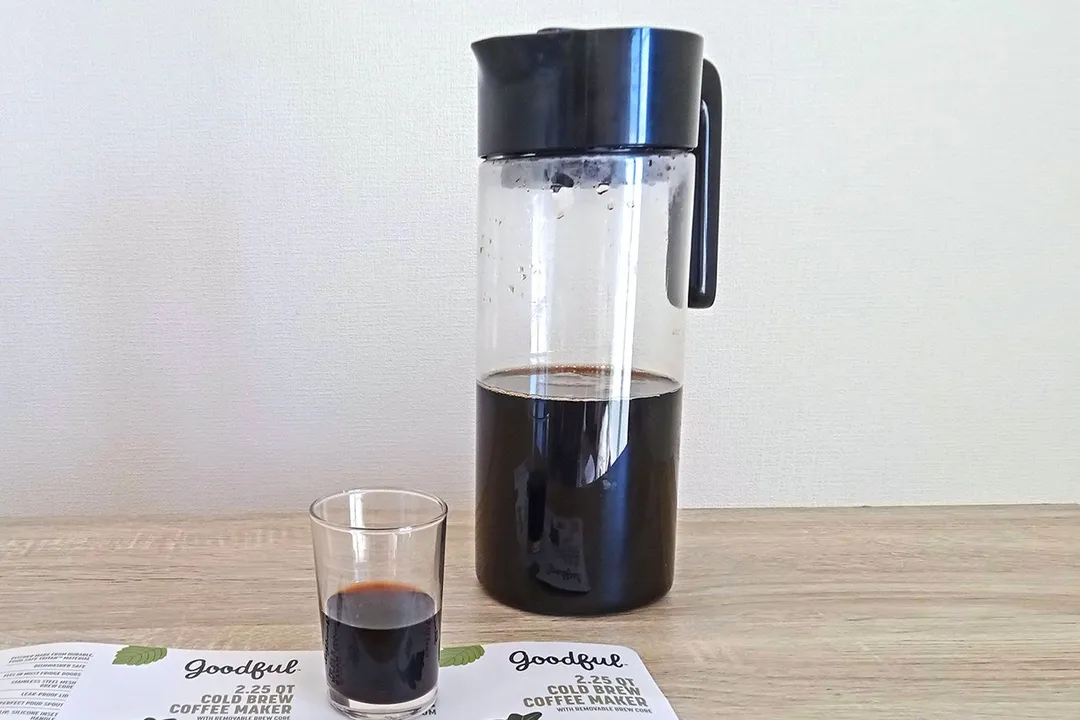
Sediment

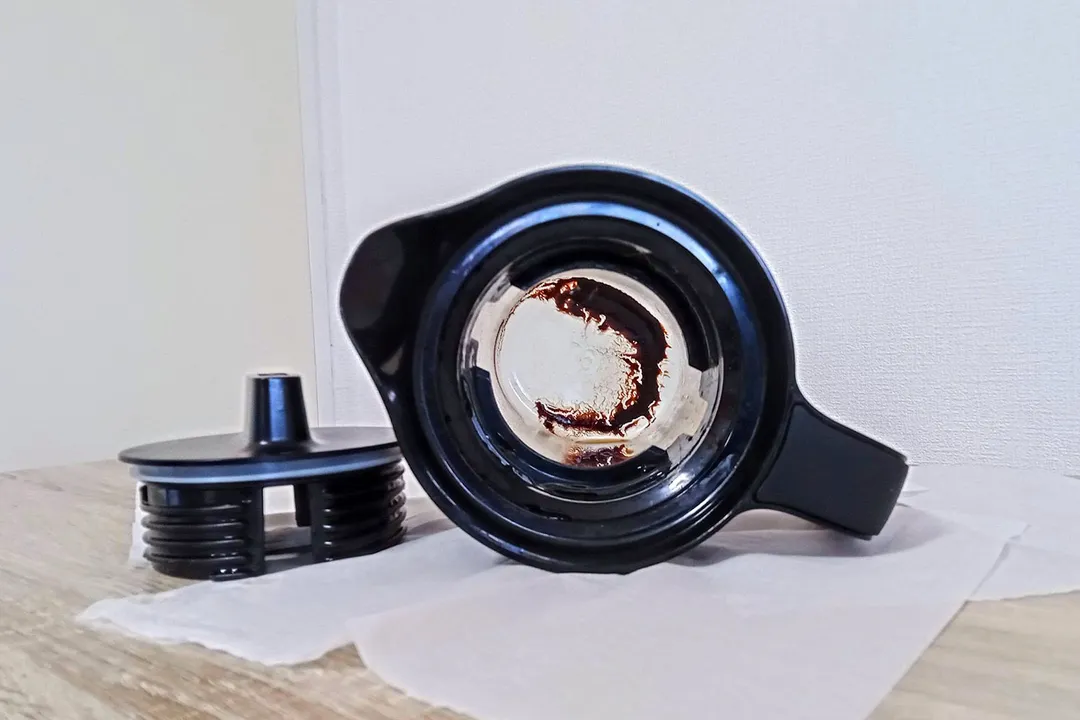
Design
In the Box

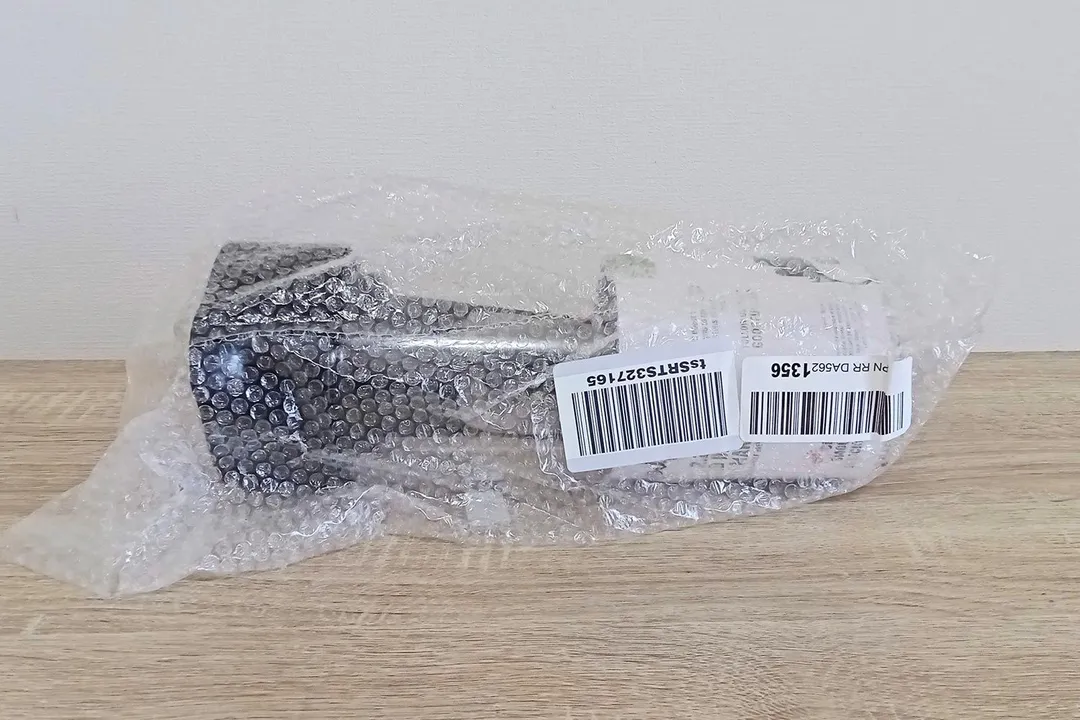
Decanter
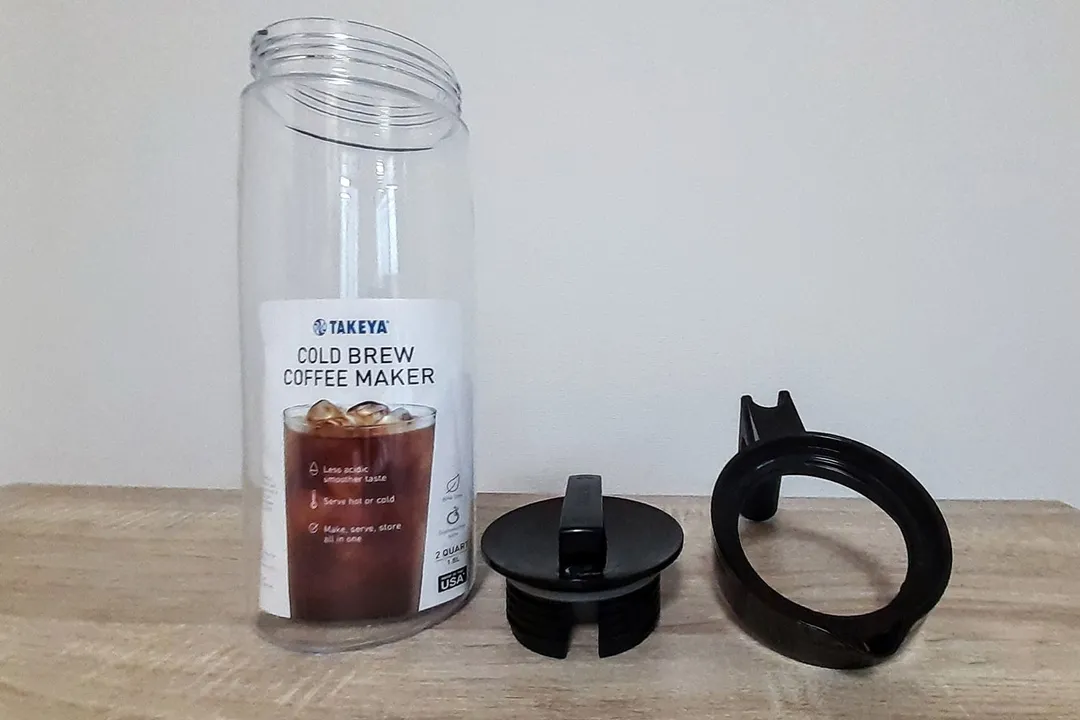
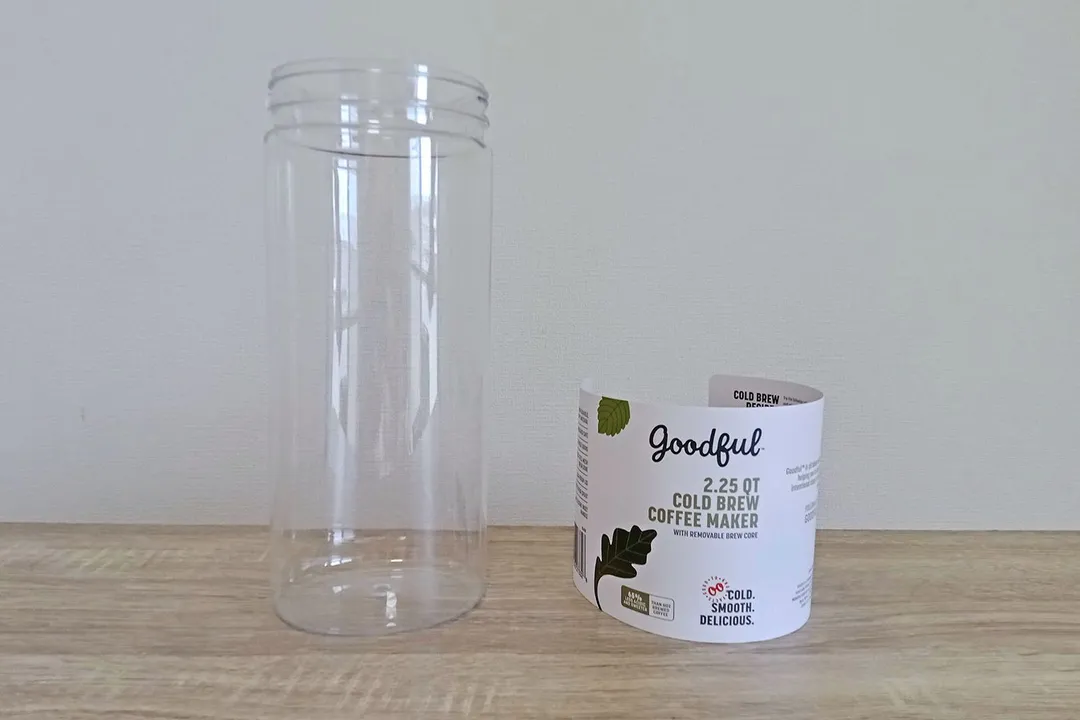
Stopper / Lid

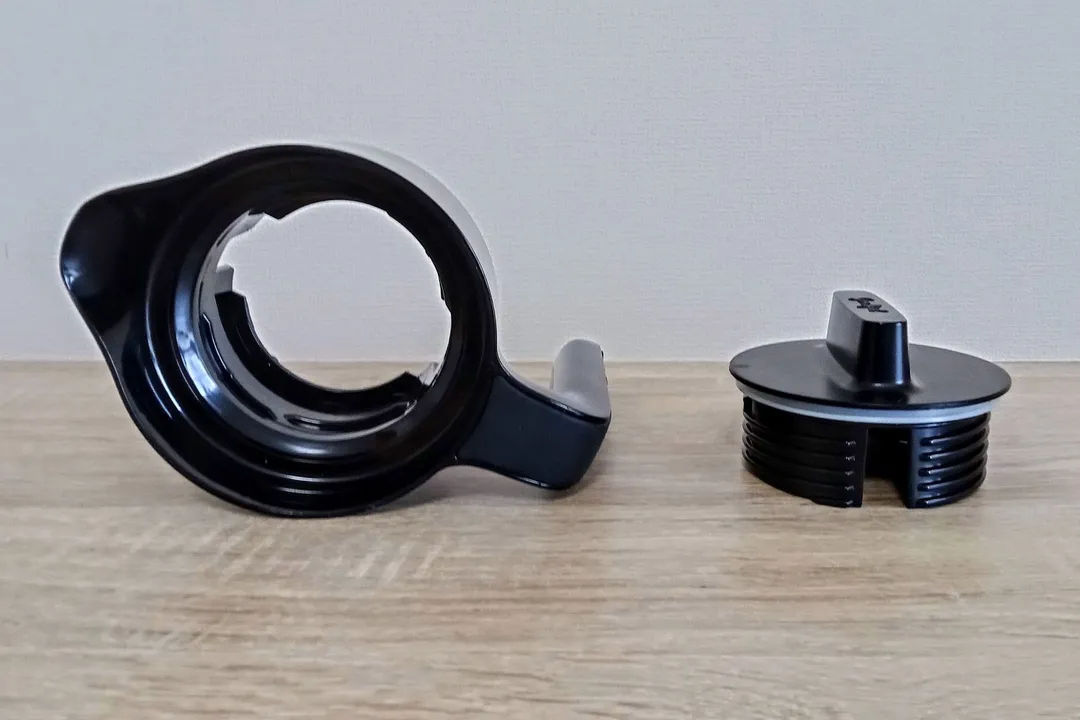
Filter


Build Quality


Usability
Brewing
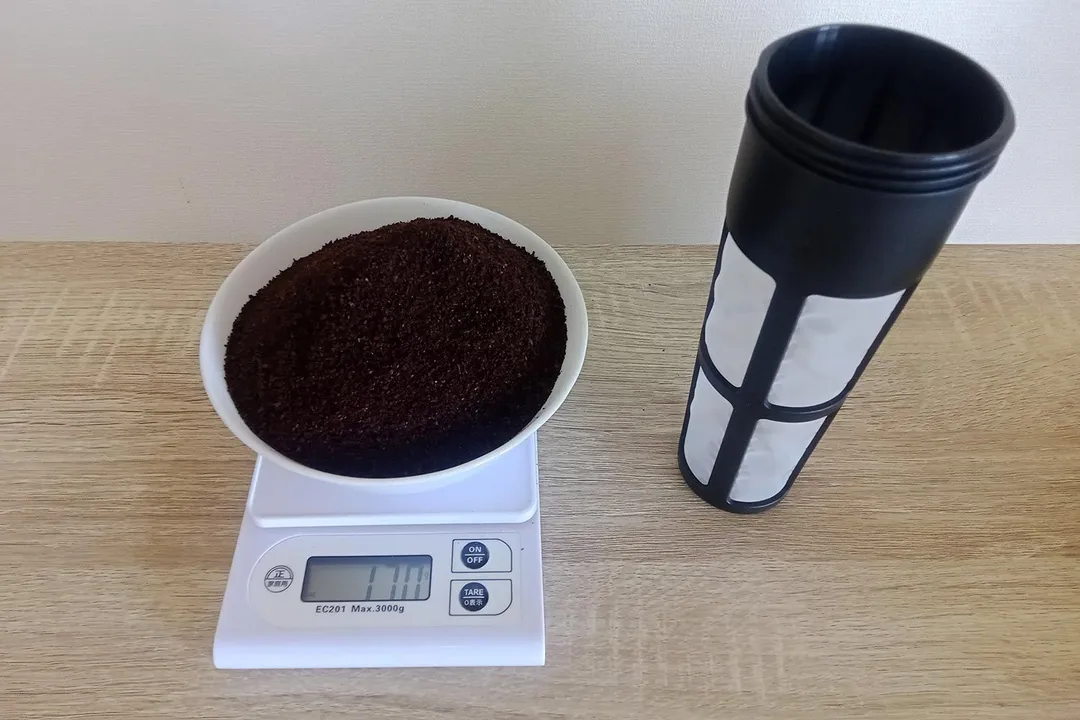
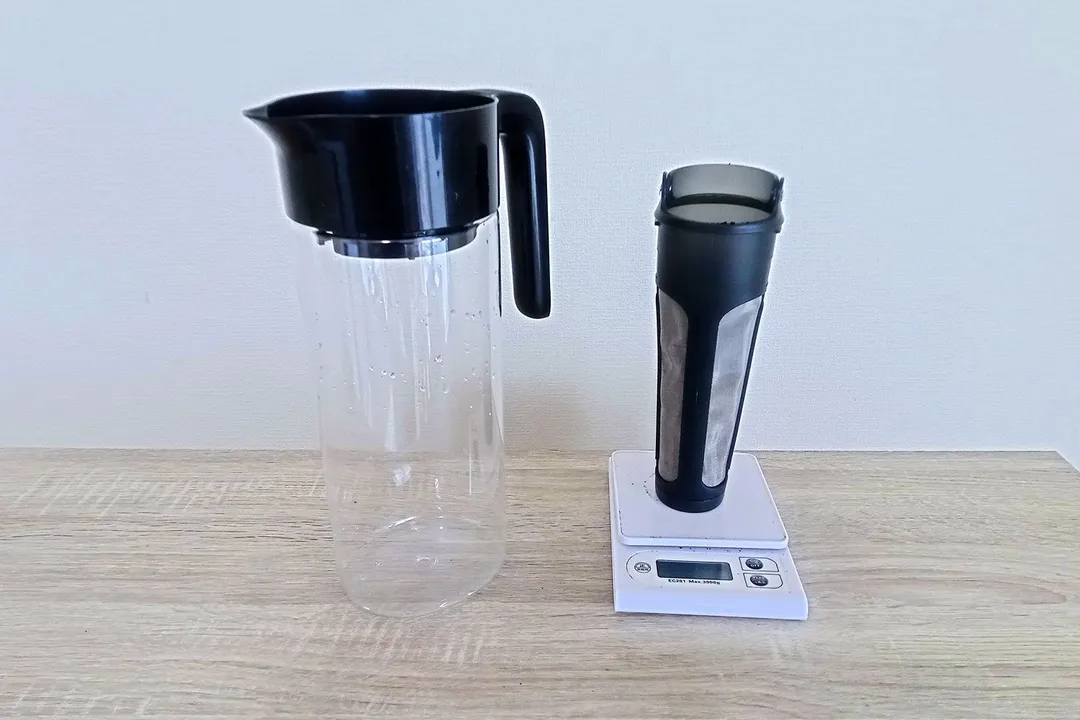
Decanting
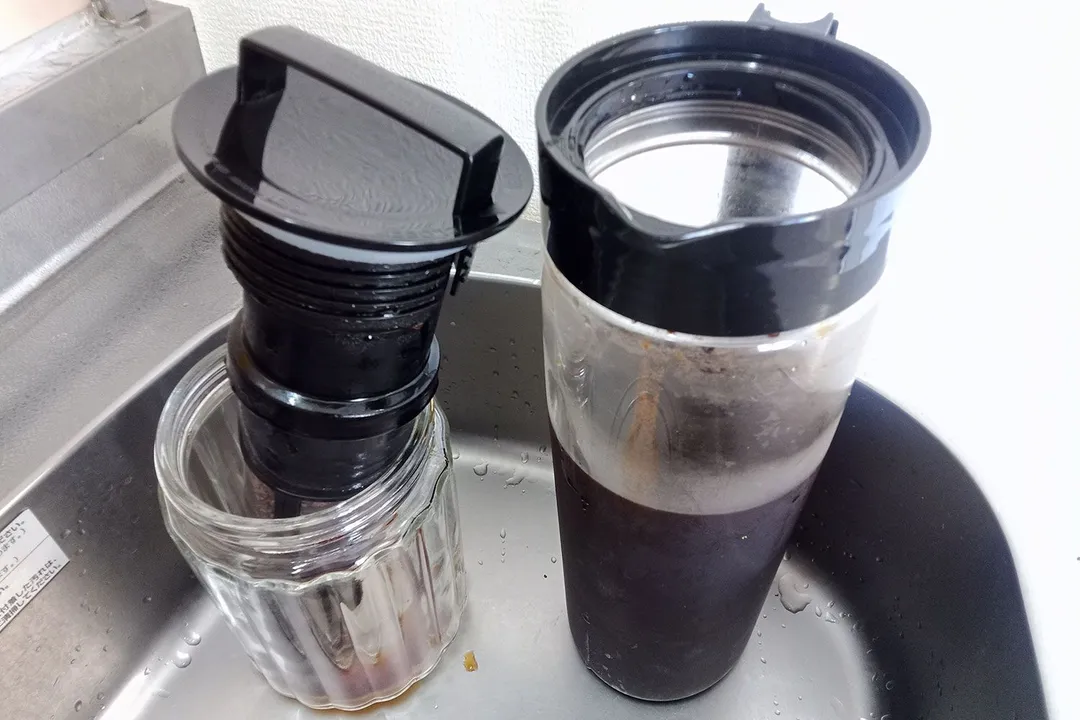
Cleaning and Storage
Behind the Comparison
Roger Shitaki is a writer, author, and editor. His niches are household appliances, health & wellness, and travel. He’s a freelance contributor to a Tokyo lifestyle website and a leading ophthalmology magazine in Asia.

